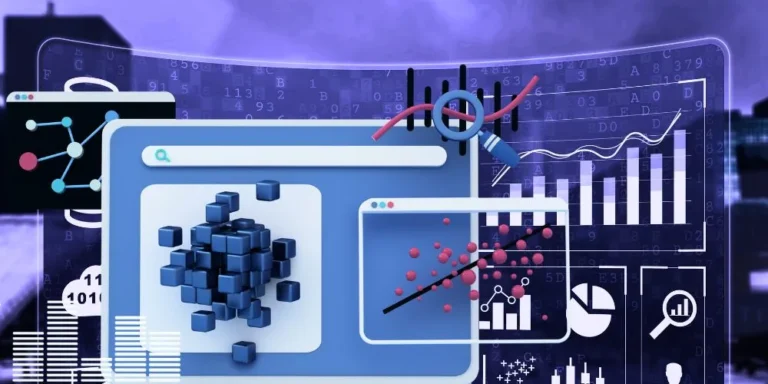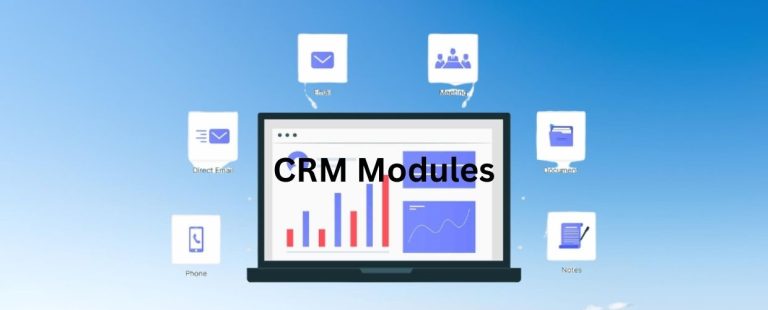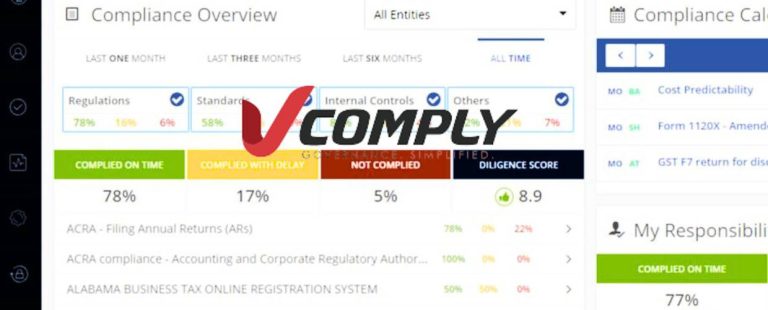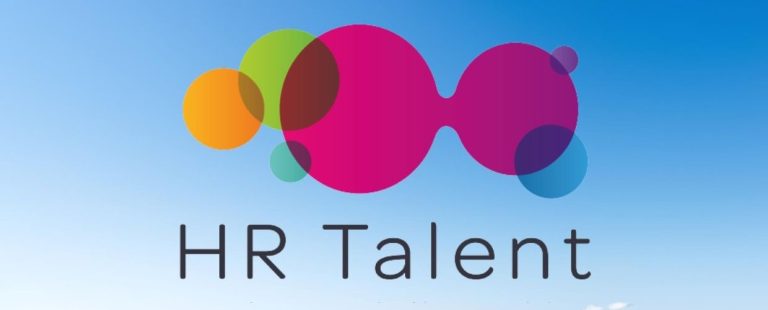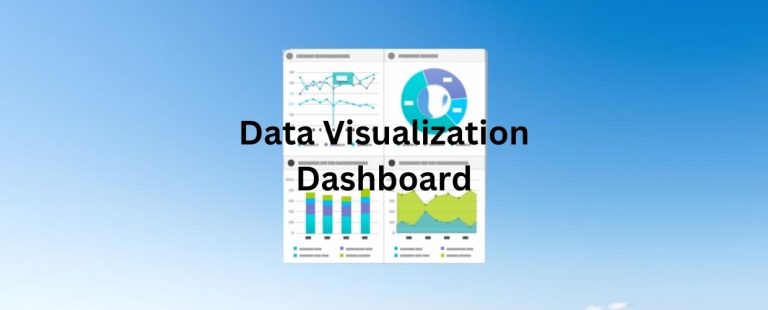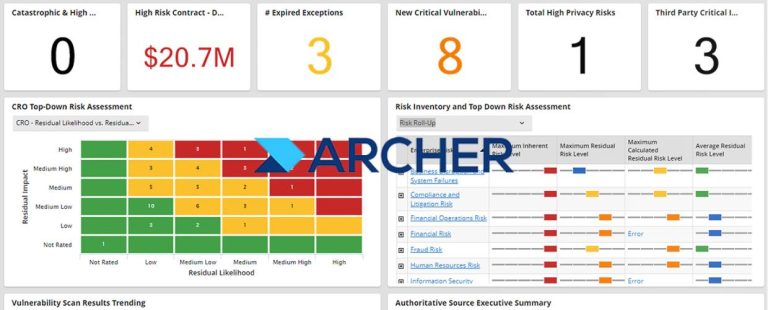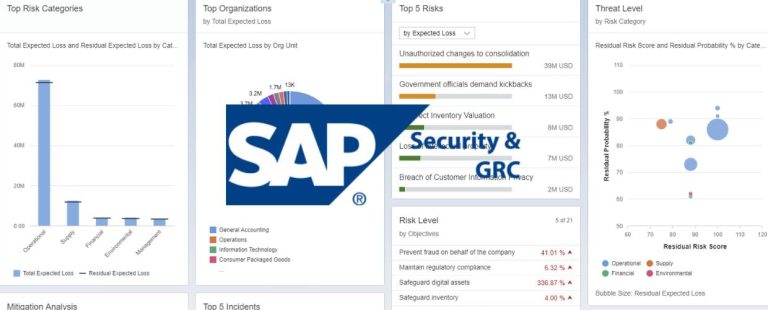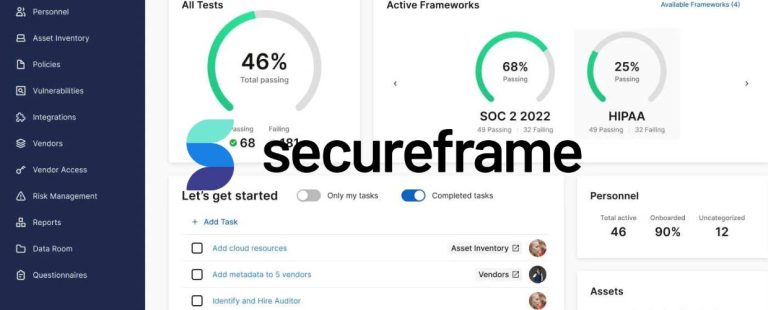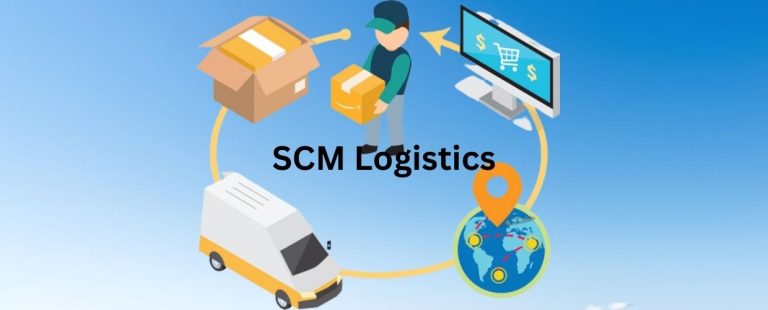In the digital age, data has become the lifeblood of modern businesses and research endeavors. As datasets grow larger and more complex, it becomes challenging to decipher intricate relationships and patterns hidden within the data. This article explores the concept of graph visualization, its applications, and how it empowers researchers and businesses to gain valuable insights from complex datasets.
Understanding Graph Visualization
Graph visualization is a technique that represents data as a network of interconnected nodes and edges, often called a graph. In this visual representation, nodes typically represent entities such as individuals, objects, or concepts, while edges indicate the relationships or connections between these entities. By visually mapping the relationships, graph visualization provides a clear and concise overview of the data, facilitating a deeper understanding of complex datasets. Graph visualization has emerged as a powerful tool to unravel these connections, presenting data intuitively and visually appealingly.
The Basics of Graphs
Nodes, or vertices, are the dataset’s data points or entities. For example, in a social network, nodes could represent people, while in bioinformatics, nodes may represent proteins or genes. Edges: Edges, also known as links or connections, define the relationships between nodes. They illustrate how nodes are connected or related to one another. In a social network, edges might mean friendships or interactions, while in bioinformatics, edges can indicate protein interactions.
Applications of Graph Visualization
Graph visualization is an essential tool in data analysis, allowing us better to understand complex relationships and patterns within the data. It has many applications, from visualizing social networks and biological pathways to optimizing supply chain logistics and financial analysis.
Social Network Analysis
It plays a vital role in understanding social networks, where nodes represent individuals or entities, and edges depict connections such as friendships, collaborations, or interactions. Social network analysis using it helps researchers and businesses comprehend information diffusion, influence patterns, and community structures within the network. By visualizing a social network, analysts can identify key influencers, explore the spread of information or trends, and understand how communities are formed.
Bioinformatics and Molecular Research
In bioinformatics, graph visualization aids in representing molecular structures, protein interactions, and genetic relationships. This visual approach allows researchers to analyze the complexity of biological systems and aids in drug discovery, gene expression analysis, and understanding of disease pathways. Visualizing the interactions between proteins can help researchers identify potential drug targets and understand the mechanisms of various diseases.
Supply Chain Management
Graph visualization is utilized in supply chain management to depict the flow of goods, resources, and information across different nodes representing suppliers, manufacturers, distributors, and customers. This visual representation helps identify bottlenecks, optimize logistics, and enhance supply chain efficiency. By visualizing the supply chain network, companies can pinpoint areas of inefficiency and optimize transportation routes and inventory management.
Fraud Detection
Graph visualization is instrumental in detecting fraudulent activities in various domains, such as finance and cyber-security. Creating visual networks of transactions or connections between individuals makes it easier to identify suspicious patterns or anomalies. Financial fraud detection can reveal interconnected networks of fraudulent transactions and highlight potential fraud rings.
Knowledge Representation
Graph visualization is applied in knowledge graphs to represent and organize complex information. Nodes represent entities, and edges represent relationships between these entities, forming a knowledge network that aids in knowledge retrieval and reasoning. Knowledge graphs can be used in semantic search engines to provide more accurate and contextually relevant search results.
Benefits of Graph Visualization
One of the critical benefits of graph visualization is its ability to reveal hidden patterns and relationships within complex data sets. It can lead to more informed decision-making and improved outcomes in various fields.
Simplifying Complex Data
Graph visualization transforms intricate datasets into clear and concise visual representations. It simplifies understanding complex relationships and patterns, making it easier for researchers and decision-makers to identify meaningful insights. When analyzing a large dataset with multiple connections, they can present the data in a more manageable and interpretable form.
Identifying Patterns and Anomalies
Patterns, clusters, and anomalies within the data become more apparent through graph visualization. It enables researchers to make data-driven decisions, detect trends, and uncover hidden relationships not immediately obvious in tabular data. By visualizing the network of customer interactions, businesses can identify groups of highly connected customers or detect unusual patterns that might indicate potential fraudulent activities.
Facilitating Interactive Exploration
Interactive graph visualization tools allow users to explore data dynamically. By zooming, filtering, and interacting with the visual representation, users can focus on specific areas of interest and delve deeper into the underlying data. Analysts can interactively explore the connections between individuals in a social network, zooming in on specific clusters or expanding the view to examine the broader network structure.
Enabling Cross-Domain Analysis
Graph visualization is a versatile technique that can be applied to various domains, from social networks to biological systems, enabling researchers and businesses to gain insights from diverse datasets. Researchers can use it to integrate data from different sources and identify connections between seemingly unrelated entities.
Enhancing Communication
Graph visualizations offer a powerful way to communicate complex data to a non-technical audience. The visual representation is more engaging and understandable, making it an effective tool for presentations and data storytelling. Business executives can use graph visualizations to present market insights, customer segmentation, and competitive analyses in a more accessible format.
Conclusion
Graph visualization is a valuable technique that empowers researchers and businesses to unlock valuable insights from complex datasets. Graph visualization simplifies the understanding of intricate relationships and patterns by visually representing data as interconnected networks of nodes and edges. Its applications span multiple domains, from social network analysis to bioinformatics and supply chain management. It has become an indispensable tool in data analysis and decision-making by enabling interactive exploration, detecting anomalies, and facilitating cross-domain research.
As data grows in size and complexity, the role of graph visualization in unveiling valuable insights will only become more significant in the future. Embracing graph visualization as a critical data analysis tool is essential for staying ahead in today’s data-driven world. Researchers and businesses can leverage graph visualization’s power to gain a deeper understanding of their data, make informed decisions, and communicate complex insights effectively.

